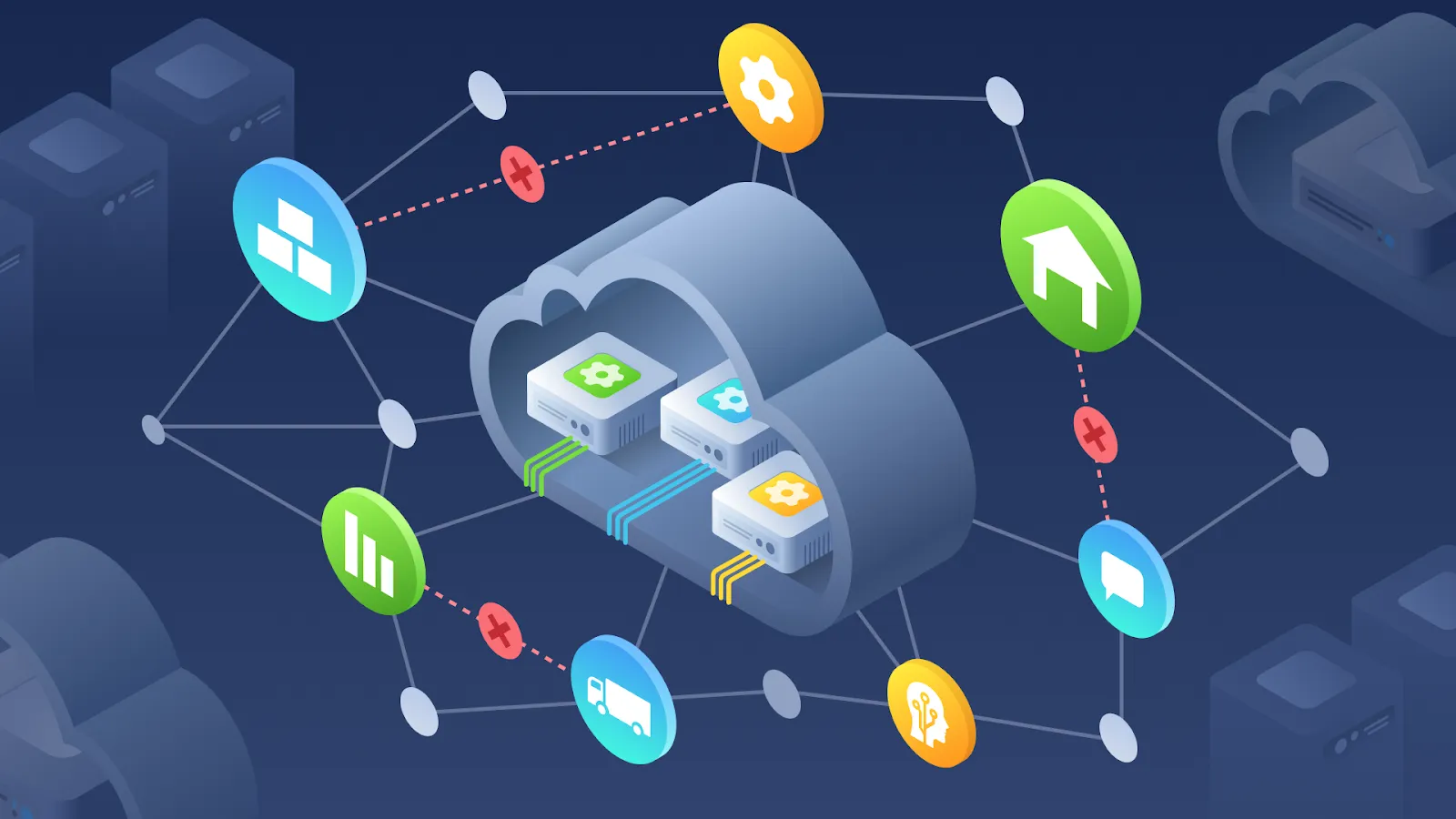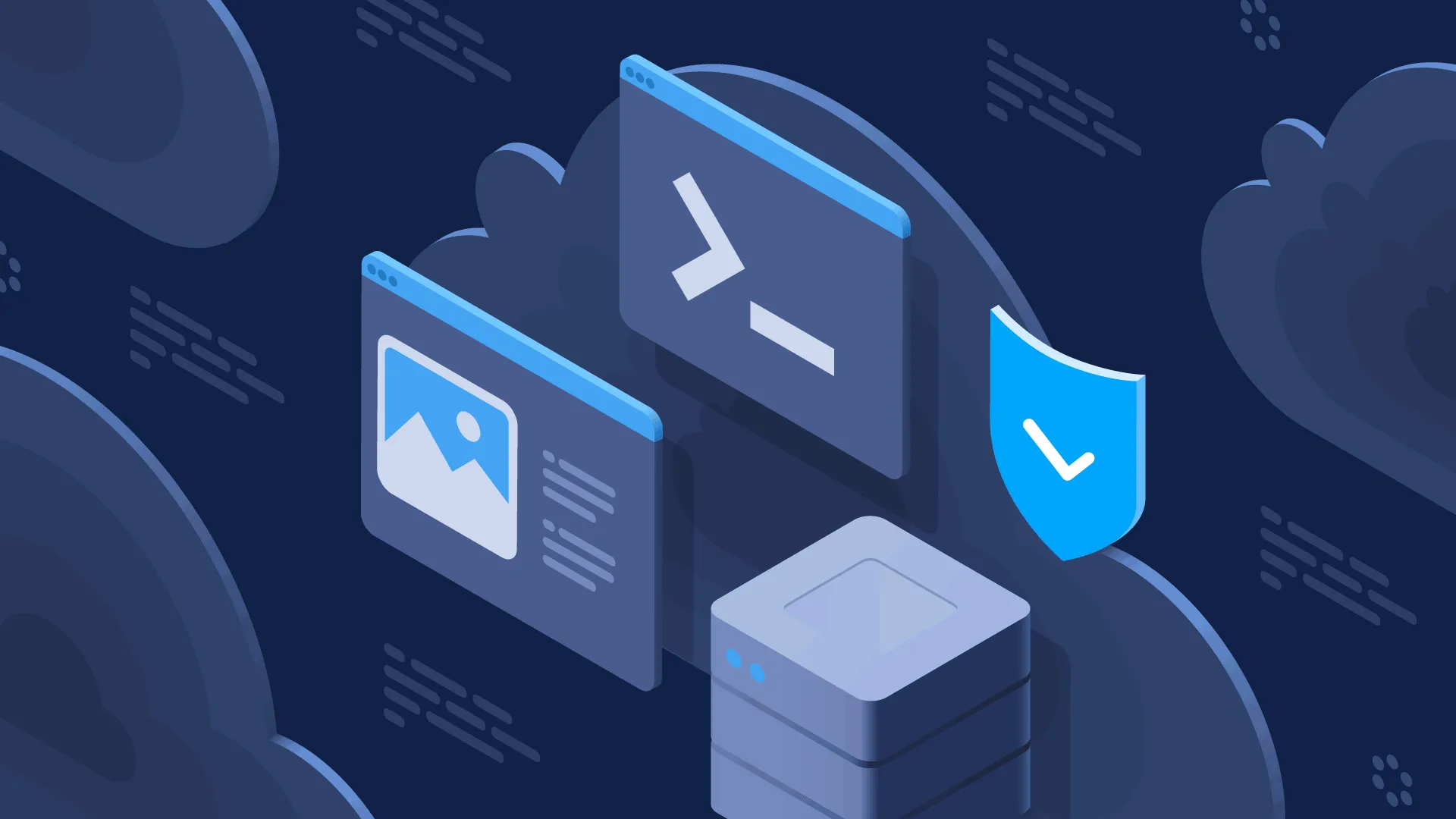The organization’s growth always requires migrating to the cloud and starting using multiple SaaS applications. At the same time, companies need to manage users who have permission to access relevant tools effectively without having an army of admins. That makes a single sign-on (SSO) a critical identity and access management (IAM) requirement for most businesses since it helps protect and keep track of hundreds or thousands of passwords each day.
With an appropriate SSO solution, employees and IT departments will not consider account and user data management as a challenge. Organizations can use it for enhancing their IT security, improving user experience, and reducing costs. After all, due to the increase in SaaS applications, using an enterprise SSO is no longer a question of reason but rather time.
So what is a single sign-on? How can you benefit from applying an SSO tool? And what are the consequences of implementing SSO? Read in our blog post.
What is single sign-on?
Single sign-on serves as a centralized session and an enterprise user authentication tool that allows logging in and accessing multiple apps, websites, or data with only one suite of credentials (username and password). Thus, the beauty of a single sign-on depends on its simplicity as the SSO tools authenticate users on one designated platform. That enables them to then use numerous services with no need to log in and out every time.
In other words, single sign-on makes it easier to access necessary programs and data as it removes the extra step that requires users to log in and out of all separate apps. Instead, there is a third party that serves as the central provider and confirms users’ identities automatically while they are moving from site to site. In this case, the sign-in process is much quicker and allows third-party websites to forget about authentication and identity storage.
When applied correctly, SSO tools can improve the overall productivity, login processes, security control, along with IT monitoring and management. Thanks to only one security token (a pair of a username and a password), admins can enable and disable user access to all or some relevant systems, platforms, applications, or other resources. Therefore, SSO is a popular IAM solution for companies where staff interact with many various apps and programs in their work.
The key SSO security benefits
The most significant SSO’s benefit for enterprises is that it provides organizations with the opportunity to increase the number of users, along with the number of associated logins. At the same time, there is no need to sacrifice security or become involved in endless account provisioning. With automated credentials management, your system admins will no longer manage the employees’ access to relevant applications manually. That can help reduce human error and free up time for the IT department to focus on more critical tasks.
Another key advantage is rapid provisioning for cloud-first apps. For instance, if your SSO solution supports open standards such as SAML 2.0, admins can provision the app quickly and roll it out to users. Besides, you can also combine SSO with two-factor authentication (2FA) to increase security.
*Security Assertion Markup Language 2.0 (SAML 2.0) serves as a standard used to exchange authentication and authorization information between security domains. SAML 2.0 provides a web-based, cross-domain SSO that allows reducing the administrative costs associated with distributing numerous authentication tokens to users. *
Things you should know before implementing SSO
Although a single sign-on is necessary for modern organizations, it is a mistake to think that SSO implementation is simple. Below, we describe some main consequences of applying SSO tools.
The hidden cost of SSO
Multiple IT departments are often not prepared for the hidden cost of deploying SSO that arises due to upgrading SaaS apps their organizations use. Although you may become unpleasantly surprised, numerous SaaS vendors do not provide SSO support in their basic packages. Therefore, you need to upgrade to higher tiers (like enterprise) and the price increase can be overwhelming. In some cases, it can even be higher compared to payments to the SSO vendors.
Not all SaaS apps can be connected
Not all SaaS apps your organization uses may support a single sign-on. Or you can find yourself in a situation where most of your apps support SAML 2.0, while one or two work only with OIDC or some other protocol. In this case, you may need to either move to another app or buy some additional connectors/adapters software.
Thus, apart from buying higher tiers and configuring SSO on all SaaS apps you have, you may need to purchase a solution that will allow having several SSO types. After all, before choosing an SSO platform, you need to determine which of your apps are compatible with it.
Automated provisioning and de-provisioning
When we talk about SSO, often automated user provisioning and deprovisioning is taken as granted. In reality, unfortunately, not all applications support automated provisioning, meaning user records may still need to be created. Provisioning/deprovisioning users manually, especially for large organizations can become too problematic.
The bottom line
The IT environment is constantly changing as well as the IT department’s role. Providing your company with the correct suite of tools is critical in a modern market. Therefore, implementing efficient SSO solutions is no longer “a nice to have”; it becomes necessary. Thanks to the right SOO, your organization will limit security threats, improve data compliance, and eliminate multiple password headaches for the IT department. Ultimately, managing all the SaaS applications is impossible without the appropriate tools.
How AgileVision can help
Over the past several years, AgileVision has helped many companies automate their password management, improve security, and make the employees’ lives easier. Are you considering implementing a single sign-on or need advice on your existing one?




